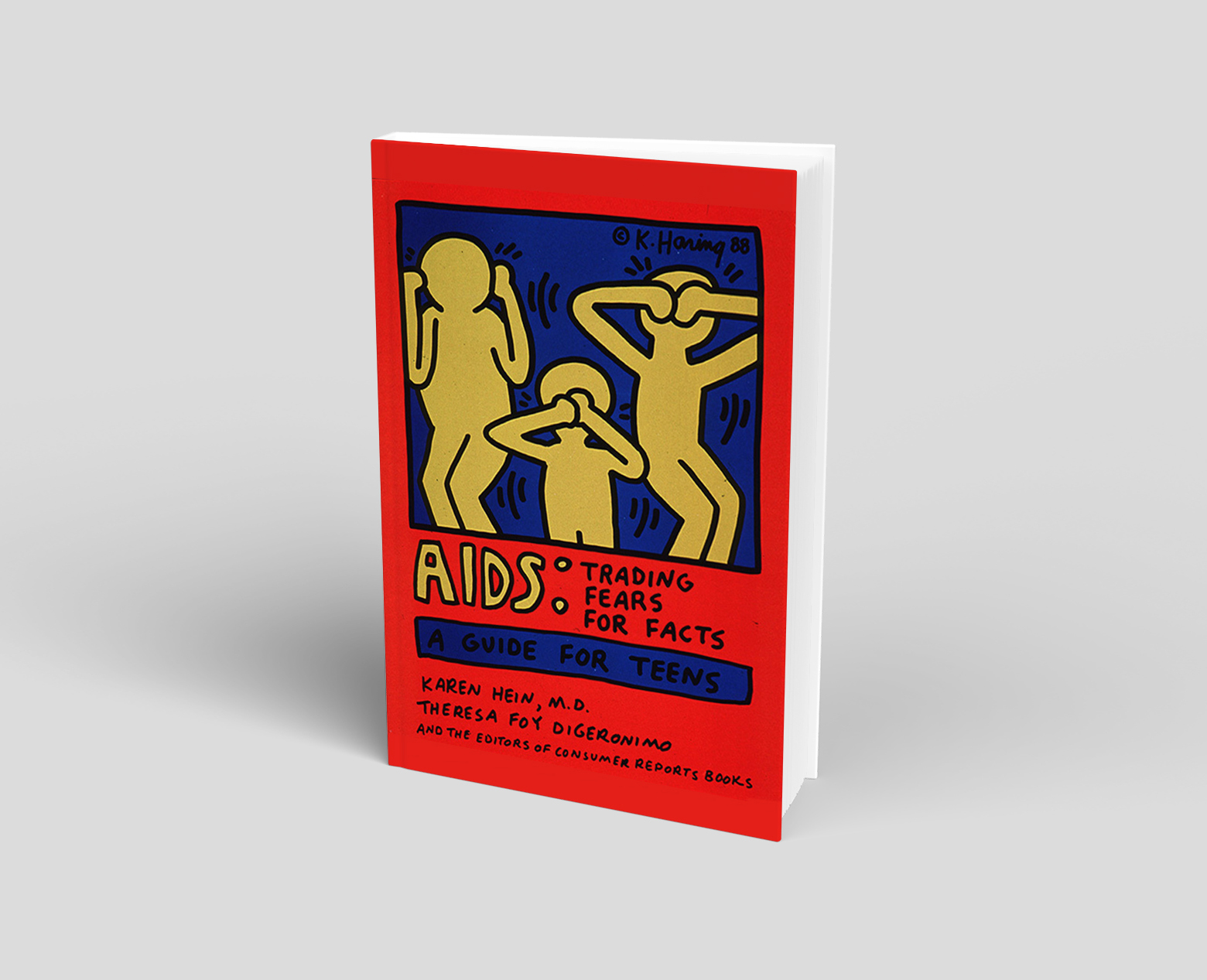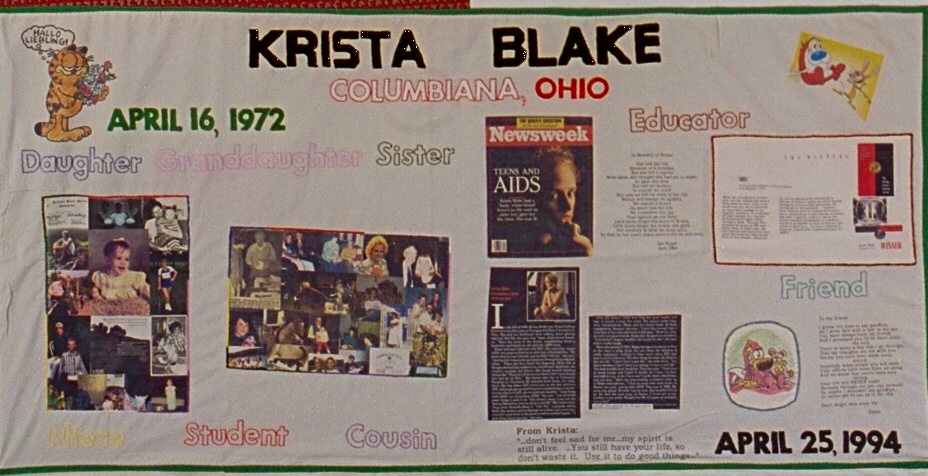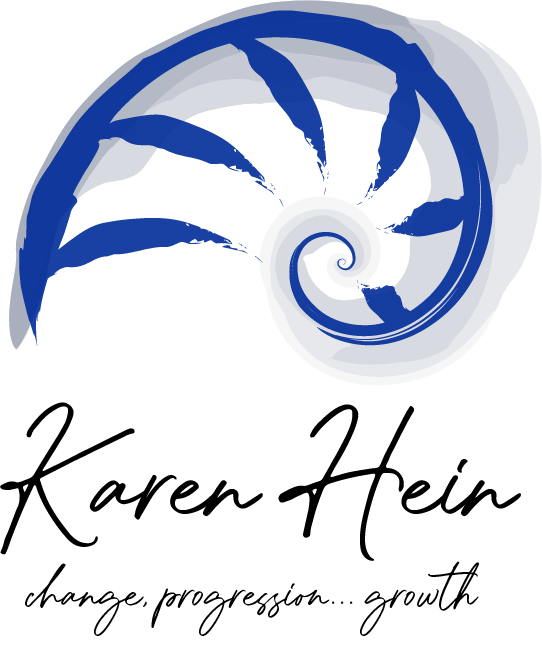Activism

I was drawn to those places in society where people were invisible or separated from general view or understanding. The people living in these circumstances often had unmet needs that kept them from living up to their potential. By creating programs to address their unmet needs, we were able to elevate their plight and improve their circumstances to improve their health, bring more resources to support them and even act as inspiration for others to replicate model programs to prevent as well ameliorate these circumstances.
My work has focused on those people and issues that have not often been highlighted nor understood by the general public. Often the adverse circumstances that lead to the marginalization or hidden nature of the problems faced by people mean that few if any resources are available to improve their situation, particularly their health and well-being. During my 5 decades of public service, these areas have been my primary focus:
Underserved
Adolescents have special considerations to support their ability to thrive not merely survive. They are not merely large kids nor small adults. Their developmental stage is one of tremendous growth– physical, emotional, social, and societal. Few health providers are specifically trained in Adolescent Health and Medicine and few programs recognize the unique needs of young people in terms of availability, confidentiality, range of services or supportive adults. My work is part of the movement to help recognize the strength, contributions and resiliency within the adolescent group in the USA and around the world. One example is the focus on incarcerated youth (see description of Spofford Juvenile Center below) where we brought health care to where the kids were—often their first experience with the age-appropriate types of health screening and care they had never received as well as providing the range of preventive care that would ensure a healthier adulthood.
Neglected
Large groups of young people show the results of having inadequate support during childhood resulting in the need for catch-up care (dental, mental, and physical). For those who have been neglected in childhood, adolescents is often a turbulent time, with high numbers of young people, particularly in LGBTQ groups experiencing homelessness. Living in high risk situations without adequate protection, support and care can result in unintended consequences (unplanned pregnancies, sexually transmitted infections including HIV and substance use and abuse). Youth-specific programs and resources have been a large part of the goals of organizations I’ve been affiliated with including the William T. Grant Foundation, RAND Corporation’s Health Division, The Society for Adolescent Health & Medicine, etc.
Invisible
Many settings around the country and around the world are hidden from view with little public understanding, scrutiny or support. Refugee camps are one example. The Burmese refugee camps along the Thai boarder that I visited as part of my IRC Board of Advisors’ role were hidden away without any outsiders allowed in or even knowledgeable about what was happening inside. Much of my work has been to help make the invisible more visible—whether it be in a refugee camp, a center for incarcerated youth or internally displaced people within countries in conflict. Helping to raise the plight, circumstances, causes and needed supports for ‘hidden populations’ is a principle behind much of my work and those with whom I have collaborated during the past 1/2 century.
Controversial Areas
Three examples from the 1990’s of how I was involved in controversial areas include the following 3 expressions of trying to bring evidenced-based approaches to the prevention, diagnosis and treatment of HIV in adolescents:

Consumer Reports – AIDS: Trading Fears for Facts
Co-authored with Theresa Foy Digeronimo and published by Consumer Report Books. Originally 5,000 volumes were printed, but by the time it went out –of-print, over 103,000 volumes had been sold and used by young people, their families, schools and communities. It was controversial because it contained a page with line drawings of how to actually use a condom. This accurate, important graphic was the basis for some taking action to ban it in some places. At the time, it was the only source of youth-specific information and examples of how young people were living with HIV, becoming peer-educators and learning the facts that could help them live fully as well as educate the adults around them armed with information about HIV testing, treatment and care at a time when that type of information was not forth-coming from the government.

NYC AIDS Curriculum
New York City had 1 million school-aged children and 480,000 adolescents enrolled in its public schools. As part of NYC’s Board of Education’s AIDS Education Curriculum Committee, a group of us under the leadership of Chancellor Joe Fernandez and his brilliant staff member, Jill Blair we developed and voted in a comprehensive HIV/AIDS curriculum for K through 12th grades, including accurate information and a condom-availability program with all of the high schools in NYC. Despite continuous protests, the curriculum was approved and implemented. A study of the condom availability program was done using a comparison group of schools with HIV/AIDS education without condom availability demonstrated the effectiveness of including this component in the curriculum in increasing condom use by students who had access in their schools compared to those who did not. (REFERENCE FROM JAMA)
Peer Educators
Some of the most effective proponents and spokespeople for HIV prevention and care were young people who took up the cause and dedicated their time to becoming well informed advocates for early diagnosis through counseling, testing and treatment for HIV in their communities and nationally. Youth-led movements have often been effective in educating and informing adults, as we have seen in other realms, most recently in addressing the implications of global climate change. One stellar example was Krista Blake. She lived in the Mid-West, lived with HIV from her adolescence into her early 20’s when she died of AIDS. During her lifetime, she was the subject of a documentary, “Before I die” as well as featured on the cover of a national magazine—a role model for the country about how to deal effectively with an infection that many at the time were denying, causing people most affected to be shunned or feared. Krista and I did many interviews and presentations during the last 8 years of her life. When her section of The AIDS Quilt was laid out in Washington DC’s Mall, her family and I met to honor and celebrate her incredible contribution to making the lives of so many young people better through her role modeling and leadership.

